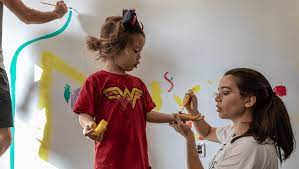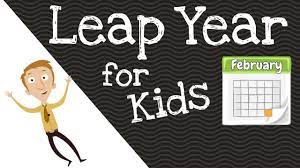Parent-teacher meetings play a vital role in building a strong connection between the two most influential figures in a child’s education. While these meetings can be informative and productive, there are certain things teachers should never do during discussions with parents. Avoiding these pitfalls can help ensure that both parties feel heard and respected. Here are six things teachers should never do in a parent meeting.
1. Disrespect the Parent
It is important for teachers to always treat parents with respect and dignity throughout the meeting, regardless of differing opinions or any personal issues that may exist. Disrespecting or being dismissive of parents’ concerns can damage not only the parent-teacher relationship but also impact the child’s education and well-being.
2. Be Unprepared
In order to make the most effective use of time during parent meetings, teachers should come prepared with an agenda, student performance data, and specific examples. Being unprepared not only reflects poorly on the teacher, but it can also set the stage for an unproductive discussion.
3. Focus on Negatives
While it’s necessary to address areas where students are struggling or may need improvement, it’s also essential to recognize strengths and achievements during a parent meeting. Focusing solely on negatives can create tension and make it difficult for parents to become active partners in promoting their child’s education.
4. Become Defensive
Teachers should remain open-minded and receptive to feedback from parents, without feeling the need to become defensive or argumentative. Responding defensively to criticism can derail the conversation from its original focus on supporting student progress.
5. Talk More Than Listen
In a parent-teacher meeting, communication must be two-way. While it is important for teachers to share their observations and insights concerning a child’s progress, they should also listen attentively to parents’ perspectives and concerns. By inviting open dialogue, trust can be built between the teacher and parent, leading to more effective collaboration.
6. Lack Follow-Up
Finally, teachers should never promise solutions or action items during a parent meeting without the intention to follow through on them. When discussing issues or identifying strategies to support a student’s progress, there should be clear expectations for both parties regarding next steps and follow-up.
In conclusion, parent-teacher meetings are crucial in fostering a supportive and collaborative educational environment for children. By treating parents with respect, being well-prepared, focusing on both strengths and weaknesses, remaining open to feedback, engaging in two-way communication, and following up on agreed-upon actions, teachers can ensure that these meetings are productive and beneficial for all parties involved.









